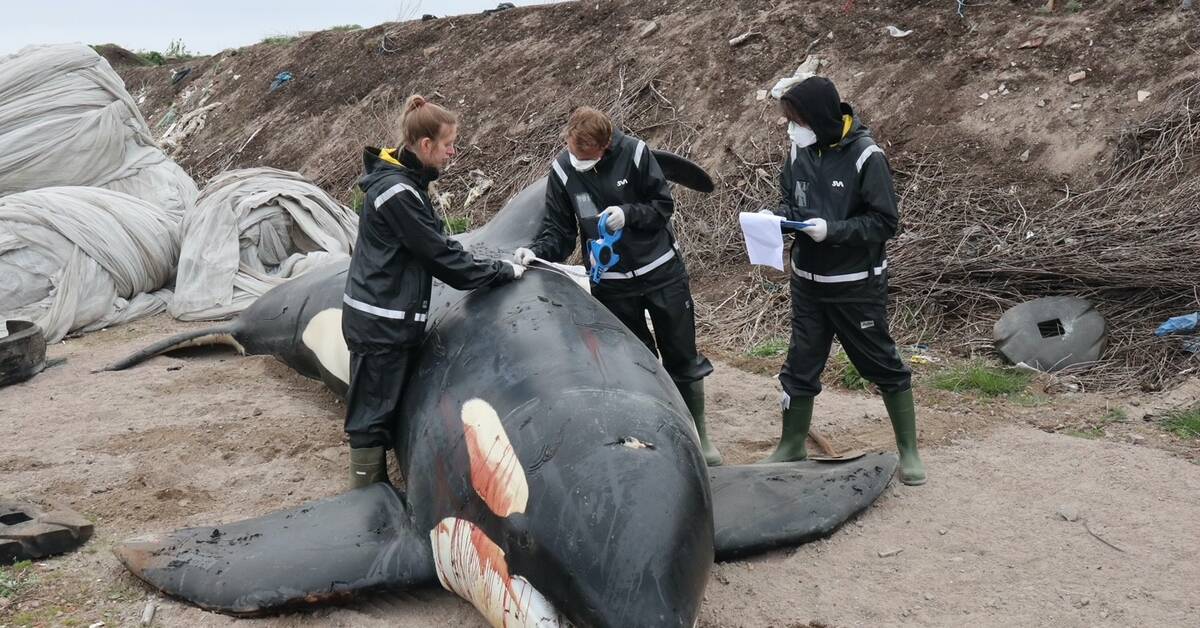"We estimate that it has slowly lost its hull, and that it has been going on for several weeks that it has thinned," says Norbert van de Velde, pathologist at the Swedish National Veterinary Institute, SVA.
The autopsy was performed at a recycling center in Lysekil on Friday. There, pathologists from SVA were able to establish that the dead killer whale was almost seven meters long and weighed 2.8 tons – a weight that should have been double.
"It was very skinny and a killer whale shouldn't be. We judge that it was not doing very well," says Norbert van de Velde.
Died in old age
Samples from the killer whale will now be analyzed and only in a few weeks can a more certain cause of death be determined. But it is already clear that it was an old whale.
"It had very worn teeth, so worn out that it should have been painful and difficult to get food," says Norbert van de Velde.
Natural history in Stockholm wants the skull
The Swedish Museum of Natural History announced today that they hope to transport the killer whale's skull to Stockholm to preserve the bones.
"It will be the largest killer whale skull we've had in 60 years. But the skull weighs between half a ton and a tonne, so it can be a bit tricky to get it up, says Linnea Cervin at the Swedish Museum of Natural History to TT.
Together with SVA, the museum has been commissioned by the Swedish Agency for Marine and Water Management to monitor marine mammals and their health.
Javascript is disabled
Javascript must be turned on to play video
Learn more about browser support
The discovery was made just days after a killer whale was sighted swimming in the waters of the same area

